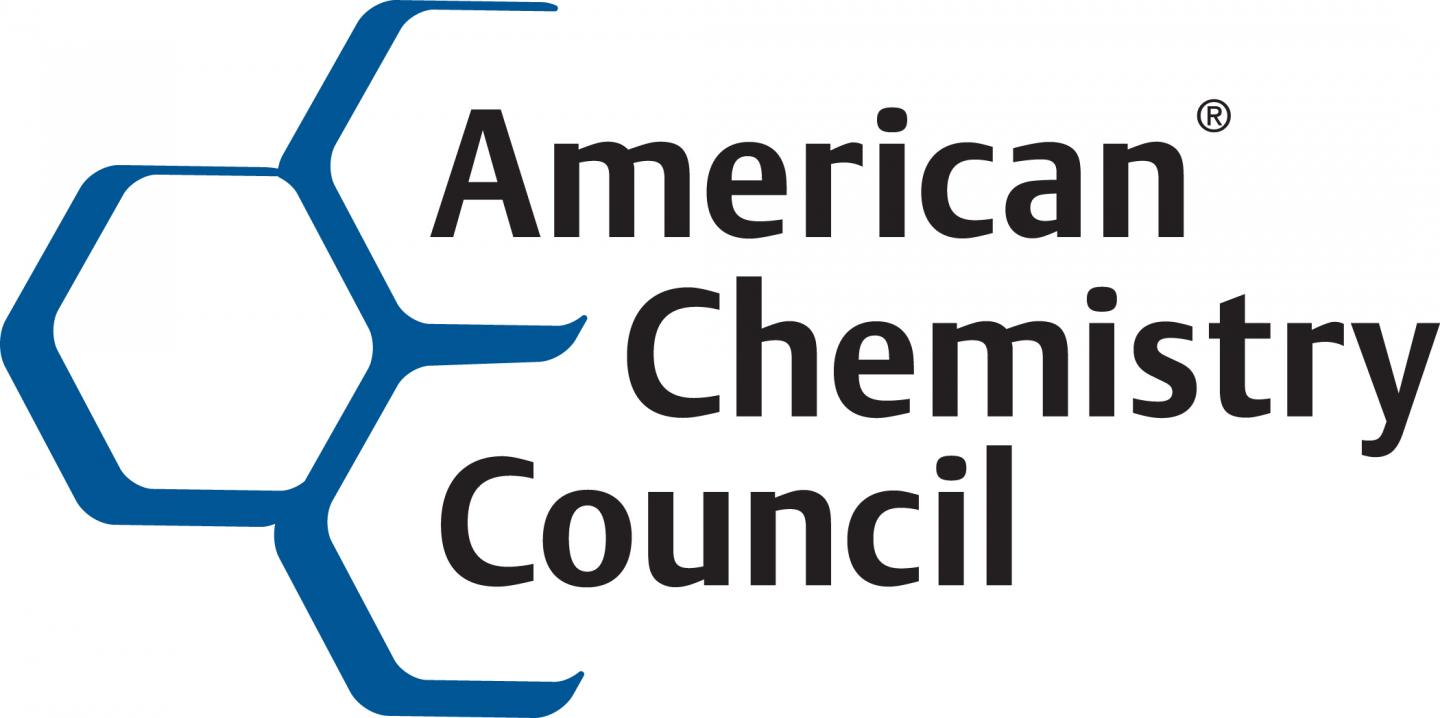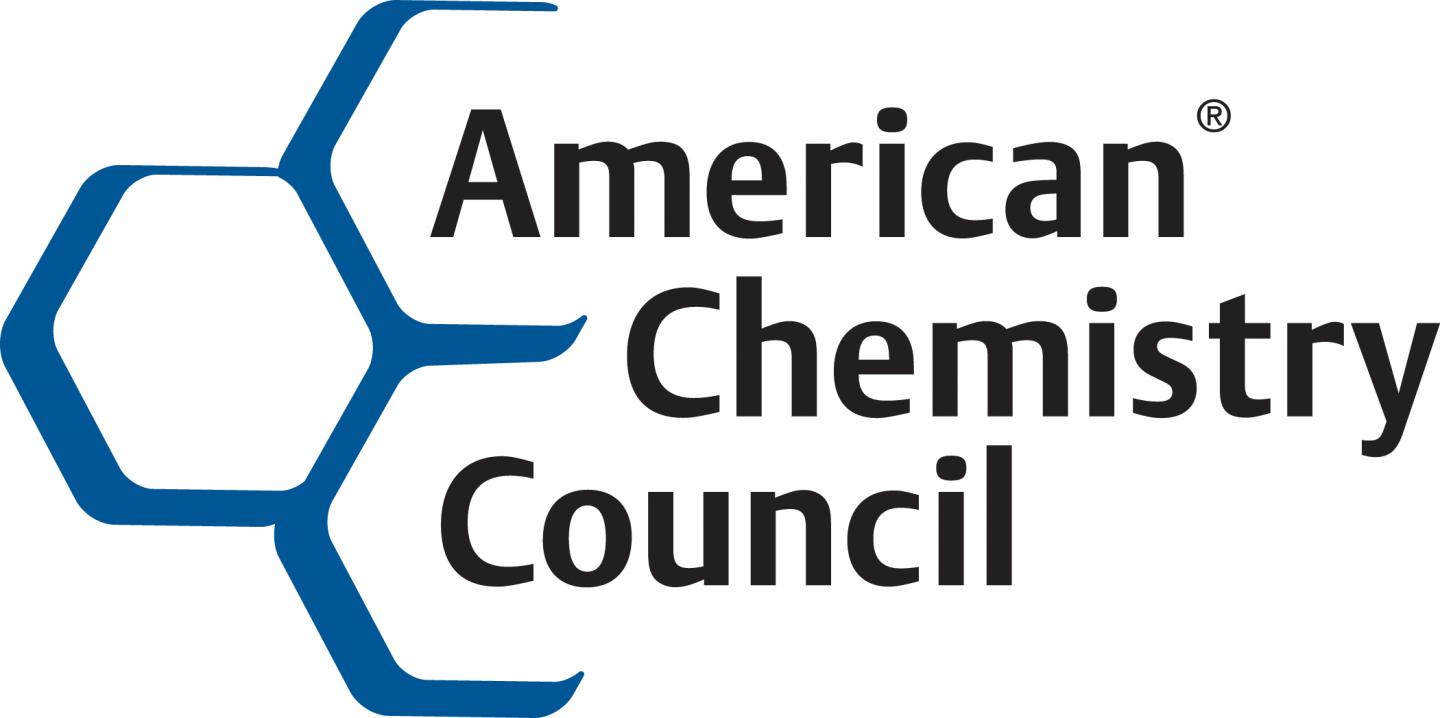
Credit: The American Chemistry Council (ACC)
WASHINGTON (May 2, 2017) – A newly published reanalysis of raw data from a study widely used by chemical assessment agencies to set hazard assessments for formaldehyde shows no link between formaldehyde exposure and leukemia. The peer-reviewed paper was just published on-line in the Journal of Critical Reviews in Toxicology.
Kenneth A. Mundt, Ph.D., the lead author of the reanalysis and Health Science Global Practice Network Leader and Director of Applied Epidemiology for Ramboll Environ, has led several studies that analyze the health risks from formaldehyde exposure. "The weight of scientific evidence does not support a causal association between formaldehyde and leukemia," he said.
The original paper, published in January 2010 by Luoping Zhang and 33 co-authors in Cancer Epidemiology, Biomarkers & Prevention, compared the presence of reported chromosomal abnormalities in a small group of Chinese workers occupationally exposed to formaldehyde to the presence of these abnormalities in unexposed workers. The researchers suggested that the observed differences might indicate a mechanism linking formaldehyde exposure to leukemia.
In their paper, Mundt and his co-authors analyzed raw data from the Zhang study, including previously unavailable data on individual workers' exposure to formaldehyde. Those data were recently released by the National Cancer Institute, part of the U.S. National Institutes of Health, which co-funded the original study. They also reviewed several other new publications on the health effects of formaldehyde, including studies showing that formaldehyde cannot reach the bone marrow where leukemia-causing effects are generally recognized to occur. The authors concluded: "Taken as a whole, the epidemiological evidence from the most recent analyses and follow-up of available cohorts provides little if any evidence of a causal association between formaldehyde exposure and AML (acute myelogenous leukemia)."
Since its publication in 2010, the conclusions of the Zhang study have been used by several health assessment organizations to inappropriately conclude that formaldehyde causes leukemia. For example, in its 2012 monograph on formaldehyde, the International Agency for Research on Cancer (IARC) determined "that the epidemiologic evidence shows that occupational exposure to formaldehyde causes leukemia." In addition, the U.S. Environmental Protection Agency relied heavily on the Zhang study in its 2010 draft assessment of formaldehyde health risks under its Integrated Risk Information System (IRIS), a draft assessment that was heavily criticized by a 2011 National Academy of Sciences (NAS) peer review report.
"The findings in this reanalysis are important because they call into question the validity of all these recent formaldehyde assessments," said Kimberly White, Ph.D., Senior Director of the American Chemistry Council Formaldehyde Panel. "The original paper failed to meet its own data quality standards and the scientific standard of reproducibility. Relying on it consequently led to unsubstantiated regulatory decisions and unwarranted outcomes. The EPA and other agencies evaluating chemical risk from exposures must consider the entire weight of evidence on formaldehyde when setting exposure limits."
###
To learn more, download this fact sheet or visit americanchemistry.com/formaldehyde.
http://www.americanchemistry.com
The American Chemistry Council (ACC) represents the leading companies engaged in the business of chemistry. ACC members apply the science of chemistry to make innovative products and services that make people's lives better, healthier and safer. ACC is committed to improved environmental, health and safety performance through Responsible Care®, common sense advocacy designed to address major public policy issues, and health and environmental research and product testing. The business of chemistry is a $797 billion enterprise and a key element of the nation's economy. It is the nation's largest exporter, accounting for fourteen percent of all U.S. exports. Chemistry companies are among the largest investors in research and development. Safety and security have always been primary concerns of ACC members, and they have intensified their efforts, working closely with government agencies to improve security and to defend against any threat to the nation's critical infrastructure.
The reanalysis was sponsored by The Foundation for Chemistry Research and Initiatives (FCRI), a 501(c)(3) tax-exempt organization established by ACC. The sponsors had no role in study design, data collection and analysis, decision to publish, or preparation of any manuscript. The authors' scientific conclusions and professional judgments were not subject to the sponsors' influence or control.
Media Contact
Sarah Scruggs
[email protected]
202-249-6525
############
Story Source: Materials provided by Scienmag





